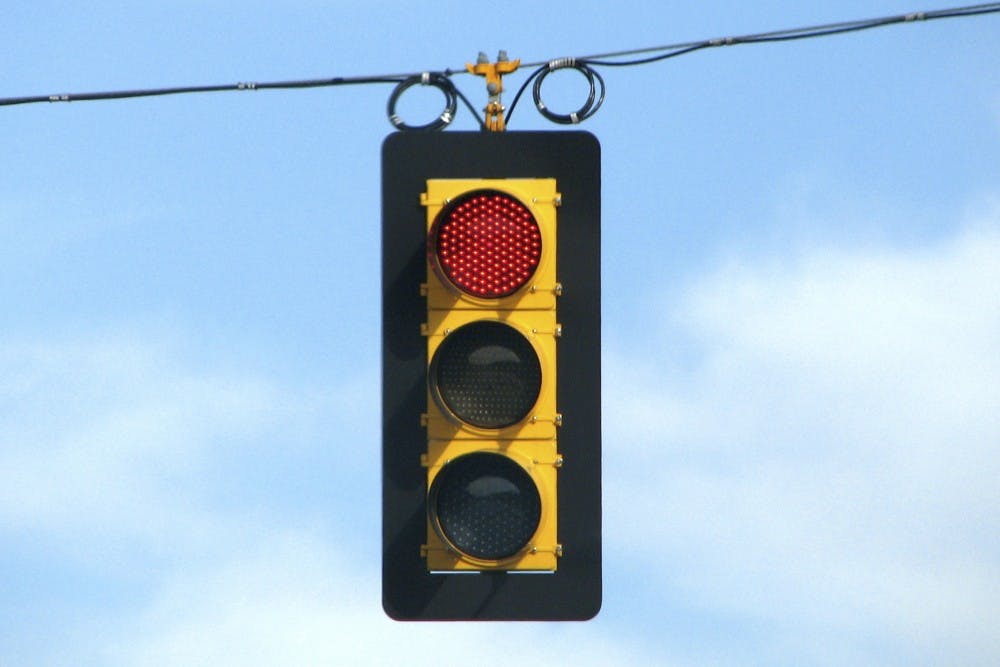Imagine you and your friends are ordering McDonalds on GrubHub and before you confirm your order, there is a red stop light signifying high calorie content next to your double bacon burger in the online cart. Would you keep it in your cart or switch it for a grilled chicken sandwich instead?
The findings of a Penn study suggest that you might switch to a healthier option. When the researchers added color-coded or numeric calorie labels to online food ordering websites, the total calories ordered decreased by about 10 percent compared to menus featuring no calorie information.
Lead author of the study and postdoctoral research fellow at the Center for Health Incentives and Behavior at the Leonard Davis Institute, Eric VanEpps, said that the study is a very media-friendly topic due to the large interest in nutrition and healthy eating.
“There has been attention to calorie labeling in Philadelphia due to the soda tax and then nationwide attention due to calorie labeling laws that are supposed to go into effect next year,” VanEpps said. “It is timely topic and we wanted to have something important to say that is relevant to policy.”
By May 2017, the Affordable Care Act mandates that chain restaurants, movie theaters and vending machines must have calories marked on their food and drink items. Some states, including New York, have already started this process at restaurants.
Traffic light labeling has been used before on packaged foods in the United Kingdom and other parts of Europe. There have also been other studies done in the United States that used some form traffic light labeling to measure nutrition, according to VanEpps.
The study is the first to show “traffic-light” calorie labeling — a green light indicates low calorie content, yellow indicates medium calorie content and red indicates high calorie content.
The traffic light labeling of calorie content had a strong impact on individuals who scored poorly on a test of math ability. Calorie labeling also had a stronger impact among obese participants than among non-obese participants.
Findings from the study add to the continuous research from the team examining calorie labeling’s impact in different meal ordering settings at the Center for Health Incentives and Behavioral Economics at the Perelman School of Medicine.
“One of the biggest contributions this study makes is that recognizing that labeling calories can be effective and it helps to make a push for more research to be done on calorie labeling,” VanEpps said.
VanEpps and his team will continue to do research on food decisions and healthy eating to find different avenues and different interventions to help people make better and healthier decisions.









